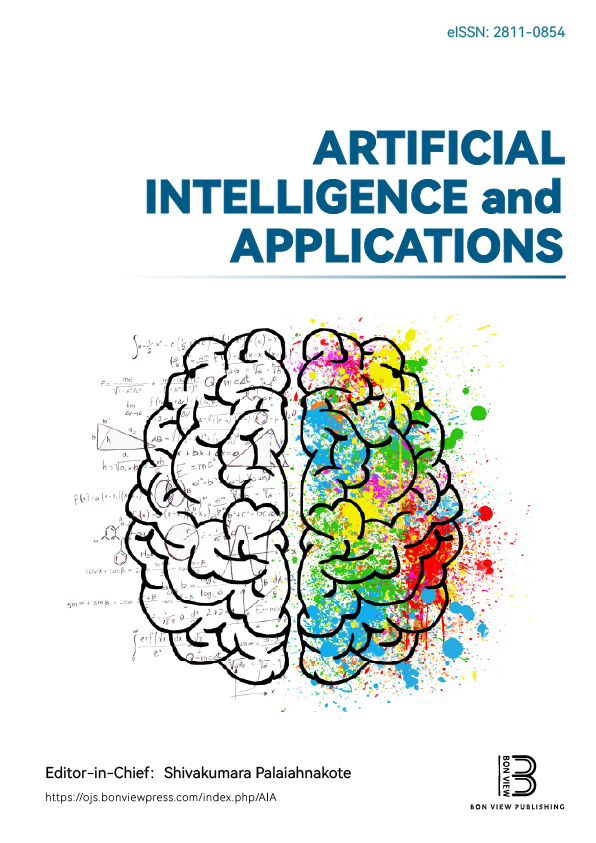A Robust SLIC-Based Approach for Segmentation Using Canny Edge Detector
DOI:
https://doi.org/10.47852/bonviewAIA32021196Keywords:
MSER, deep learning, Swin transformer, text detection, license plate number detectionAbstract
An accurate image segmentation in noisy environment is complex and challenging. Unlike existing state-of-the-art methods that use superpixels for successful segmentation, we propose a new approach for noise-robust simple linear iterative clustering (SLIC) segmentation that incorporates a Canny edge detector. Generally, methods do not consider the boundaries of various objects of an image, which leads to incorrect assignment of the pixels to a specific cluster which violates the boundaries of the objects. This leads to faulty superpixels. By leveraging Canny edge information, the proposed method modifies the pixel intensity distance measurement to overcome boundary adherence challenge. Furthermore, we adopt a selective approach to updating cluster centers, focusing on pixels that contribute less to the noise using a selection method which focuses on choosing pixels closer to the mean of the pixel distribution. These selected pixels only contribute to the calculation of the centroid of the assigned superpixel. Extensive experiments on synthetic noisy images demonstrate the effectiveness of our approach. It significantly improves SLIC’s performance in noisy image segmentation and boundary adherence, making it a promising technique for vision processing tasks.
Received: 10 June 2023 | Revised: 10 August 2023 | Accepted: 17 August 2023
Conflicts of Interest
Palaiahnakote Shivakumara is an Editor-in-Chief and Umapada Pal is an Advisory Board Member for Artificial Intelligence and Applications, and were not involved in the editorial review or the decision to publish this article. The authors declare that they have no conflicts of interest to this work.
Data Availability Statement
The data supporting the findings of this study is BSDS500, which is openly available at: https://opendatalab.com/OpenDataLab/BSDS500.
Author Contribution Statement
Srikanta Pal: Validation. Ayush Roy: Conceptualization, Methodology, Software, Investigation, Writing – original draft, Visualization. Palaiahnakote Shivakumara: Conceptualization, Validation, Writing – original draft, Supervision, Project administration. Umapada Pal: Conceptualization, Writing – review & editing.
Metrics
Downloads
Published
Issue
Section
License
Copyright (c) 2023 Authors

This work is licensed under a Creative Commons Attribution 4.0 International License.






